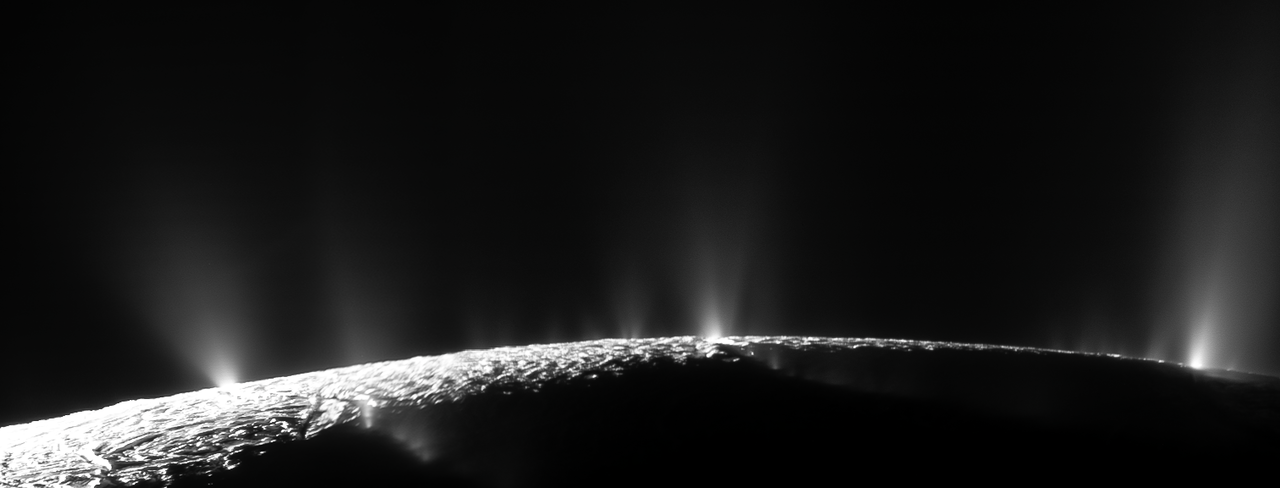The story of minor planet discovery began in 1801 when Giuseppe Piazzi spotted Ceres between Mars and Jupiter, beginning an era of thousands of asteroid discoveries. The classification of these minor bodies has evolved dramatically over the years with Ceres itself moving from planet to asteroid to dwarf planet by 2006. Pluto's discovery in 1930 revealed an entirely different population of icy worlds in the outer Solar System, and advanced sky surveys later uncovered the Kuiper Belt populated by fascinating objects like Eris and Haumea. Today we know of hundreds of thousands of minor planets, from tiny asteroids to dwarf planets rivalling Mercury in size.
Among these distant worlds, Makemake has long been considered one of the more curious inhabitants of the Kuiper Belt. Named after the creation deity of Easter Island's Rapa Nui people, this dwarf planet sits roughly 45 times further from the Sun than Earth, taking approximately 310 years to complete a single orbit. With a diameter of about 1,430 kilometres, it’s roughly two-thirds the size of Pluto. Observations suggest that Makemake is a frozen, inactive world, a remnant from the formation of the Solar System.
 This Hubble Space Telescope image reveals the first moon ever discovered around the dwarf planet Makemake (Credit : ESA/Hubble)
This Hubble Space Telescope image reveals the first moon ever discovered around the dwarf planet Makemake (Credit : ESA/Hubble)
That perception has changed dramatically following new research from a team led by the Southwest Research Institute team using the James Webb Space Telescope (JWST.) Their detection of methane gas on Makemake makes it only the second trans-Neptunian object after Pluto where gas has been confirmed. The discovery reveals that this distant world is far from the dormant ice ball it was once thought to be.
The methane was detected using a technique known as solar excited fluorescence, a process where sunlight is absorbed and re-emitted by methane molecules above Makemake's surface. This discovery presents two intriguing possibilities; the first suggests the minor planet possesses a tenuous atmosphere in equilibrium with its surface ices, similar to Pluto but even thinner.
 Pluto (captured here by New Horizons spacecraft) was the first trans-Neptunian object discovered where gas was confirmed, Makemake was the second (Credit : NASA/Johns Hopkins University Applied Physics Laboratory)
Pluto (captured here by New Horizons spacecraft) was the first trans-Neptunian object discovered where gas was confirmed, Makemake was the second (Credit : NASA/Johns Hopkins University Applied Physics Laboratory)
Alternatively the team suggest, methane could result from more dramatic geological activity. Their model suggests that if Makemake is experiencing plume like outbursts, it could be releasing methane at rates comparable to the water plumes erupting from Saturn's moon Enceladus, equating to several hundred kilograms per second.
Future observations with Webb's higher spectral resolution capabilities will help determine whether Makemake's methane arises from a bound atmosphere or transient outgassing events. Either way, this distant dwarf planet has proven that even in the cold, dark reaches of the outer Solar System, worlds can still surprise us with their hidden complexity.
 Universe Today
Universe Today
